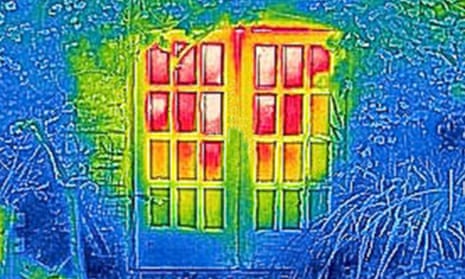Fast facts about Frank O’Brien-Bernini
Current role: Vice president and chief sustainability officer at Owens Corning, the world’s largest manufacturer of fiberglass
Education: Master’s in Mechanical Engineering (MSME), University of Massachusetts, with a research focus on solar energy.
First job: As an undergraduate, I dropped out of school and started a solar design/build firm in Vermont, primarily focused on super-insulated passive solar homes, additions and sunspaces. After graduate school, I joined Owens Corning. I’ve been here for 31 years.
Weekend passion: Most Saturdays and Sundays you will find me either road biking (summer) or mountain biking (winter) along the rolling hills and beautiful vistas of central Ohio. I’m also a drummer, and enjoy performing Celtic/Americana/Blues/Rock music in local pubs.
His name: In 1978 when we got married, my wife Mary Rose and I decided to put our names together. We thought we’d start a trend, but few followed. She was the O’Brien and I was the Bernini. We are very happy with our choice!
If I wasn’t doing this, I would be... Trying to develop affordable, sustainable housing that current renters could afford to buy. I believe there is enormous opportunity for innovation in this area, across our diverse geographies. More of our young adults and families need better opportunities to gain a foothold on their future.
Your company’s statement of purpose is unusually broad: “Our people and products make the world a better place.” How so?
Many companies probably could say a thing like that. We’re trying to make it real every day. More importantly, we’re trying to measure it. We have three big franchises — insulation, roofing and composites, which includes glass-fiber reinforcements for wind turbine blades and composites for vehicle light-weighting. Our data tells us that we are making a net-positive impact to the world. We’re going to get it peer-reviewed and make sure it is academically sound before we publish it. But our hope is to advance the way the world looks at sustainability.
What, then, are you trying to measure?
We look at all of the the energy that it takes to make, distribute and install our products, including the whole supply chain. And then we look at the energy saved by our products over their life. That’s monstrously larger. So the world needs more of us, not less.
Is this what you mean by the company’s “footprint” and “handprint”?
That’s right. After more than a decade of targeted environmental footprint reduction, which is about reducing our negative impact, my attention is currently focused on handprint expansion, increasing our positive impact. Here’s an example: If you take all the energy, from raw materials through installation, that it takes to insulate a typical 2400 square foot house in Chicago, you could take that amount of energy and drive a typical car across the US. While that seems like a lot of energy, if you look at the energy saved by that insulation, over the life of the home, you could use that energy to drive that same car to the moon, and back, five times. That’s our handprint.
What frustrates you?
It may seem trite, but I actually don’t get frustrated, which can frustrate others. That said, the constant stream of misinformation in the sustainability space comes close. I imagine well-intentioned people, trying to make a difference, using incorrect guidance to yield no impact and wasted resources. This gets back to the quantification of impact. Suppose I decide that I’m not going to eat meat because of its environmental impact. The conventional wisdom is the meat equals bad and green equals good. But if the meat in my local stores comes from a farm down the road where the cattle are grass-fed, and the salads come shipped from California with lots of packaging, that might be a bad idea. If you don’t do the math, you might be trying to do good for the world and get it backwards.
Away from work, what do you do to live more sustainably?
My wife and I deep retrofitted (energy efficiency) our 110-year-old home. I drive a Prius. We recycle and compost, and my leisure time is spent in low/no carbon cycling and drumming. We have have a vegetable garden and eat little meat, and we live in a highly walk-able village (Granville, Ohio) with shops, restaurants, concerts, local college campus events etc. That said, our kids live far away and our family enjoys scuba diving, both resulting in an air travel greenhouse gas challenge!
The values-led business hub is funded by SC Johnson. All content is editorially independent except for pieces labelled advertisement feature. Find out more here.

Comments (…)
Sign in or create your Guardian account to join the discussion